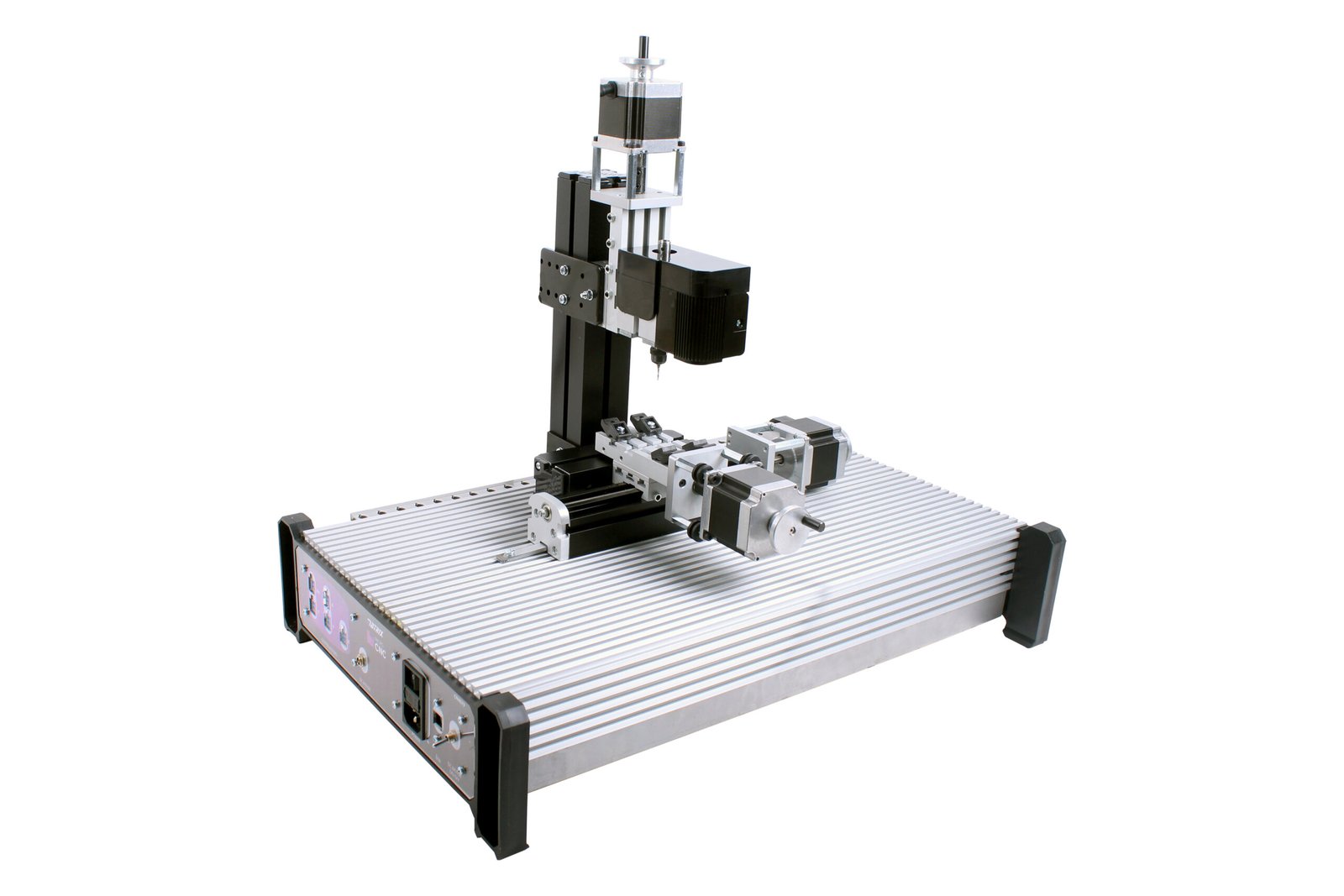Machine Frame and Structural Components
The 3 axis CNC milling machine features a rigid cast iron or welded steel frame construction designed to minimize vibration during high-speed machining operations. The base structure incorporates precision-ground box ways or linear guide rails that support the movement of the X, Y, and Z axes with exceptional stability. A heavy-duty column provides the necessary rigidity for the vertical spindle assembly, while the machine table typically offers T-slots for secure workpiece clamping. The overall weight distribution and reinforced structural elements ensure geometric accuracy is maintained even during aggressive material removal. Standard working envelopes range from 400×300×300mm for benchtop models to 1500×800×600mm for industrial-grade machines, with larger custom configurations available for specialized applications.
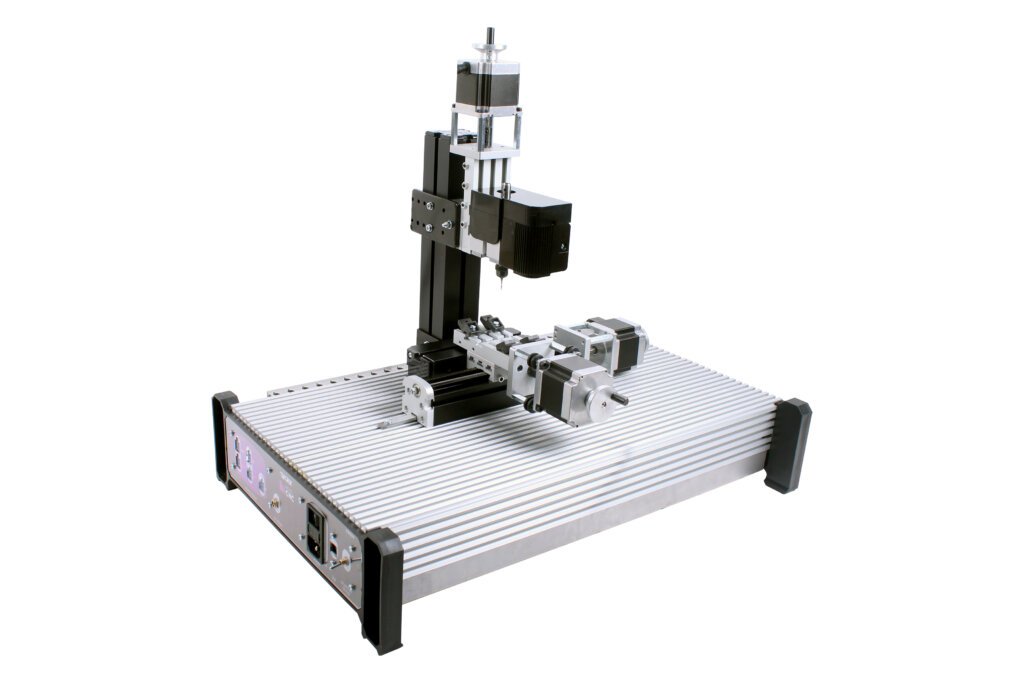 Axis Drive Systems and Motion Control
Axis Drive Systems and Motion Control
Each linear axis employs high-precision ground ball screws (C5 or C7 grade) coupled directly to AC servo motors or high-torque stepper motors for precise positioning. The X-axis (longitudinal) typically provides the greatest travel distance, followed by the Y-axis (transverse), with the Z-axis (vertical) offering the shortest but most critical movement for depth control. Linear scale feedback systems on premium models achieve positioning accuracies within ±0.005mm, while standard machines maintain ±0.01mm repeatability. Rapid traverse speeds range from 15m/min to 30m/min depending on machine size and configuration, with acceleration rates up to 1G ensuring efficient non-cutting movements. Anti-backlash nuts and preloaded bearing blocks minimize positional errors during direction changes, particularly important for contouring operations.
Spindle Assembly and Tooling Interface
The vertical spindle assembly represents the heart of the 3 axis milling machine, with options ranging from belt-driven to direct-drive integral motor designs. Standard spindle power varies from 3kW for general purpose machines to 15kW for heavy-duty cutting, with speed ranges spanning 60-12,000 RPM for conventional models and up to 30,000 RPM for high-speed machining centers. The tool interface typically utilizes BT30, BT40, or CAT40 taper systems depending on machine size, with pull stud mechanisms providing secure tool retention. Automatic tool changers (optional on many models) offer capacities from 8 to 24 tools, reducing non-cutting time between operations. The spindle nose incorporates precision-ground surfaces maintaining less than 0.002mm TIR (Total Indicator Runout) to ensure cutting tool stability and surface finish quality.
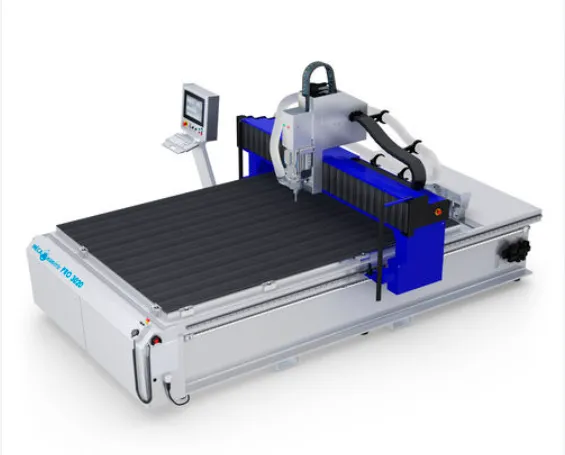
Control System and Programming Interface
Modern 3 axis CNC mills utilize industrial PC-based control systems running proprietary or open architecture software platforms. The human-machine interface (HMI) typically features a 15-19″ touchscreen display with intuitive menu navigation and graphical toolpath simulation. Standard programming methods include ISO G-code, conversational programming, and CAD/CAM system post-processing. Advanced controls incorporate features like look-ahead processing (100-1000 blocks), adaptive feed rate control, and real-time spindle load monitoring. Network connectivity through Ethernet, USB, and wireless options facilitates program transfer and remote monitoring capabilities. Many systems now include onboard tool management software that tracks tool life, wear patterns, and replacement schedules.
Workholding and Fixturing Options
The machine table provides multiple workholding solutions ranging from simple vise setups to sophisticated modular fixturing systems. Standard T-slots accept various clamps and stops, while precision-ground tables maintain flatness within 0.01mm/m for accurate part referencing. Optional equipment includes rotary 4th axis units that convert the basic 3 axis machine into a more versatile system, though these operate in indexing mode rather than true simultaneous 4 axis motion. Vacuum tables are popular for thin or non-ferrous materials, while magnetic chucks find use in ferrous part production. The machine coordinate system allows for multiple workpiece offsets, enabling efficient batch processing of identical parts.
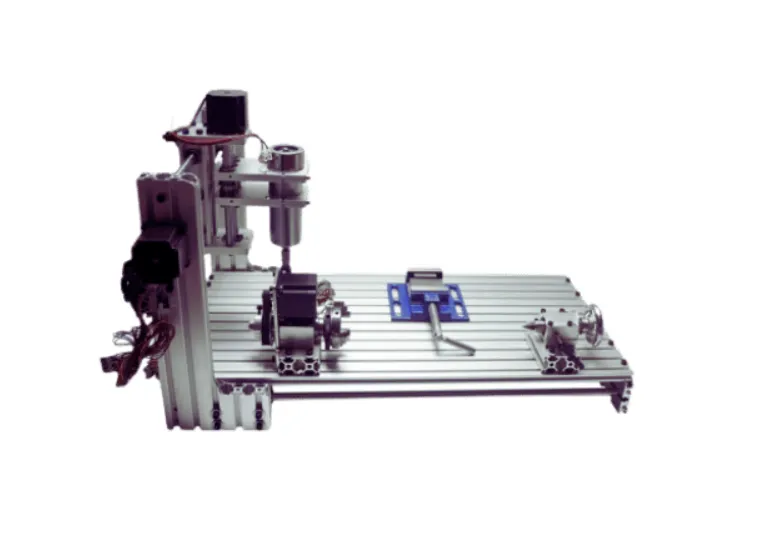
Cutting Parameters and Material Compatibility
3 axis CNC milling machines process a wide range of materials with appropriate tooling and parameter selection. Aluminum alloys typically run at 500-3000m/min surface speed with 0.1-0.3mm/tooth feed rates, while steels require slower 100-200m/min speeds with reduced feeds. The machines handle everything from soft plastics (requiring sharp, polished tools) to hardened steels up to 50HRC (using specialized carbide or CBN tooling). Depth of cut varies by material and tool diameter, with roughing operations often taking 0.5-1.5× tool diameter axial cuts and finishing passes using 5-10% of tool diameter for optimal surface finish. Coolant systems range from basic flood coolant to high-pressure through-tool delivery (up to 70 bar) for difficult-to-machine materials like titanium or Inconel.
Accuracy and Performance Verification
Machine tool calibration follows international standards (ISO 10791) to verify positioning accuracy, repeatability, and geometric tolerances. Laser interferometer systems measure linear axis positioning errors which can be compensated in the machine control. Ballbar testing evaluates circular interpolation accuracy, typically within ±0.01mm for quality machines. Spindle analysis checks runout, thermal growth, and vibration characteristics. Production verification involves machining standardized test pieces (such as NAS 979) that evaluate the machine’s ability to maintain dimensional accuracy, surface finish, and geometric relationships between features. These tests ensure the machine meets its published specifications before being put into service.
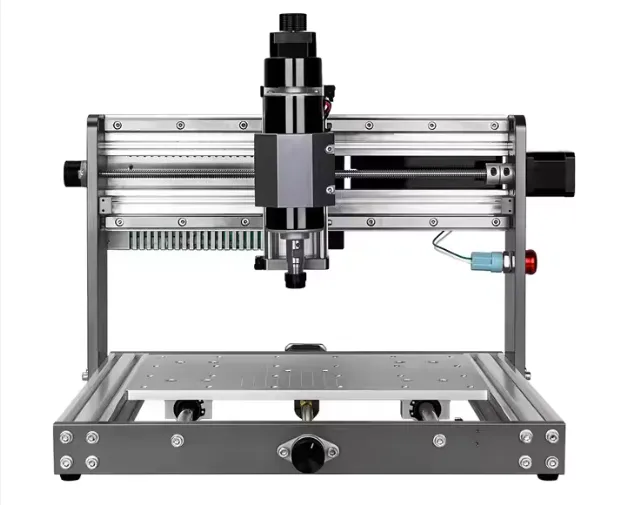
Coolant and Chip Management Systems
Effective chip control is critical for maintaining machining accuracy and tool life. Flood coolant systems deliver 20-100 liters/minute of water-soluble coolant through multiple nozzles, with filtration systems removing particles down to 10-20 microns. High-pressure through-spindle coolant (up to 70 bar) improves chip evacuation in deep cavity work. Some machines offer minimum quantity lubrication (MQL) systems for environmentally sensitive applications. Chip conveyors automatically remove swarf from the work area, with options for separating different material types. Enclosed machines often include high-volume extraction systems to control airborne particulates, especially important when machining composites or materials producing fine dust.
Safety Features and Operational Protocols
Modern 3 axis CNC mills incorporate comprehensive safety systems including interlocked sliding doors, emergency stop circuits (Category 0 according to ISO 13849), and light curtains. The control system monitors spindle load, axis torque, and temperature sensors to prevent hazardous conditions. Electrical cabinets feature thermal management and filtered ventilation while maintaining proper IP ratings. Operational safety protocols require proper workpiece securing, tool length verification, and clearance checks before program execution. Many machines include collision detection systems that can stop axis motion when unexpected resistance is encountered. Proper maintenance schedules ensure safety systems remain functional, with particular attention to way cover integrity and limit switch operation.
Maintenance Requirements and Service Intervals
Routine maintenance preserves machine accuracy and extends component life. Daily tasks include way lubrication checks and chip removal from critical areas. Weekly maintenance involves inspecting way covers, checking hydraulic/pneumatic systems, and verifying coolant concentration. Monthly service includes ball screw lubrication, spindle belt tension checks (on belt-driven models), and electrical connection inspections. Quarterly maintenance entails thorough cleaning of linear guides, checking axis alignment, and verifying backlash compensation values. Annual service should include complete lubrication system overhaul, spindle bearing regreasing or replacement (depending on hours run), and comprehensive electrical system testing. Proper documentation of maintenance activities helps identify wear patterns and predict future service needs.
Industrial Applications and Use Cases
3 axis CNC milling machines serve diverse manufacturing sectors with their versatility and precision. The aerospace industry uses them for structural components, brackets, and fittings from aluminum and titanium. Automotive manufacturers machine engine blocks, transmission cases, and suspension components. Medical device producers create surgical instruments and implant prototypes with micron-level accuracy. Mold and die shops utilize 3 axis mills for cavity sinking and electrode machining. General job shops benefit from the machines’ ability to handle various materials and part geometries with quick setup changes. The electronics industry machines enclosures, heat sinks, and connector components. Educational institutions use smaller 3 axis machines for teaching CNC programming and manufacturing principles.
Economic Considerations and ROI Factors
The total cost of ownership for a 3 axis CNC mill includes initial purchase price, installation, tooling, and ongoing operational expenses. Machine prices range from $20,000 for basic benchtop models to $300,000+ for high-performance industrial systems. Key factors affecting return on investment include spindle utilization rates, tooling costs per part, operator efficiency, and maintenance expenses. Production analysis should consider the machine’s ability to run unattended during lights-out operations, made possible by automatic tool changers and pallet systems. Energy consumption varies from 5kVA for small machines to 50kVA for large production models, with regenerative drives recovering braking energy on advanced systems. Proper fixturing and programming can significantly reduce cycle times, improving overall equipment effectiveness (OEE).
Technological Advancements and Modern Features
Recent innovations in 3 axis CNC milling include improved thermal stability systems that compensate for machine expansion during operation. Advanced control systems now incorporate artificial intelligence for adaptive machining, automatically adjusting feeds and speeds based on real-time cutting conditions. Wireless tool measurement systems streamline setup procedures, while touch probe systems automate workpiece alignment and inspection. Some machines feature vibration-damping technologies that allow higher metal removal rates in challenging materials. Cloud connectivity enables remote monitoring of machine status, tool life, and production metrics. Energy-efficient components like permanent magnet spindle motors and LED work area lighting reduce operating costs. These advancements continue to expand the capabilities and productivity of 3 axis milling technology.
Comparison with Multi-Axis Alternatives
While 4 and 5 axis machines offer additional flexibility, 3 axis CNC mills maintain several advantages for many applications. The simpler mechanical design results in lower initial cost and reduced maintenance requirements. Programming is more straightforward without rotational axis considerations. Setup times are typically shorter for prismatic parts that don’t require complex orientations. The machines often provide better rigidity and vibration characteristics for heavy cutting in the primary X-Y-Z planes. For high-volume production of parts that can be completed in three axes, the additional cost and complexity of multi-axis machines may not be justified. Many manufacturers find that a combination of 3 axis machines for primary operations and specialized multi-axis machines for complex features provides the optimal production flexibility.
Future Development Trends
The evolution of 3 axis CNC milling technology continues with several emerging trends. Increased integration with additive manufacturing systems creates hybrid machines capable of both material deposition and precision milling. Smarter toolpath algorithms optimize cutting strategies based on real-time feedback from force sensors and vibration analysis. More sophisticated thermal compensation systems account for both environmental temperature changes and heat generated during cutting. Improved human-machine interfaces incorporate augmented reality for setup assistance and troubleshooting. The development of more capable control systems allows 3 axis machines to take on operations traditionally requiring additional axes through advanced programming techniques. These innovations ensure 3 axis CNC milling remains a vital manufacturing technology even as more complex systems become available.

